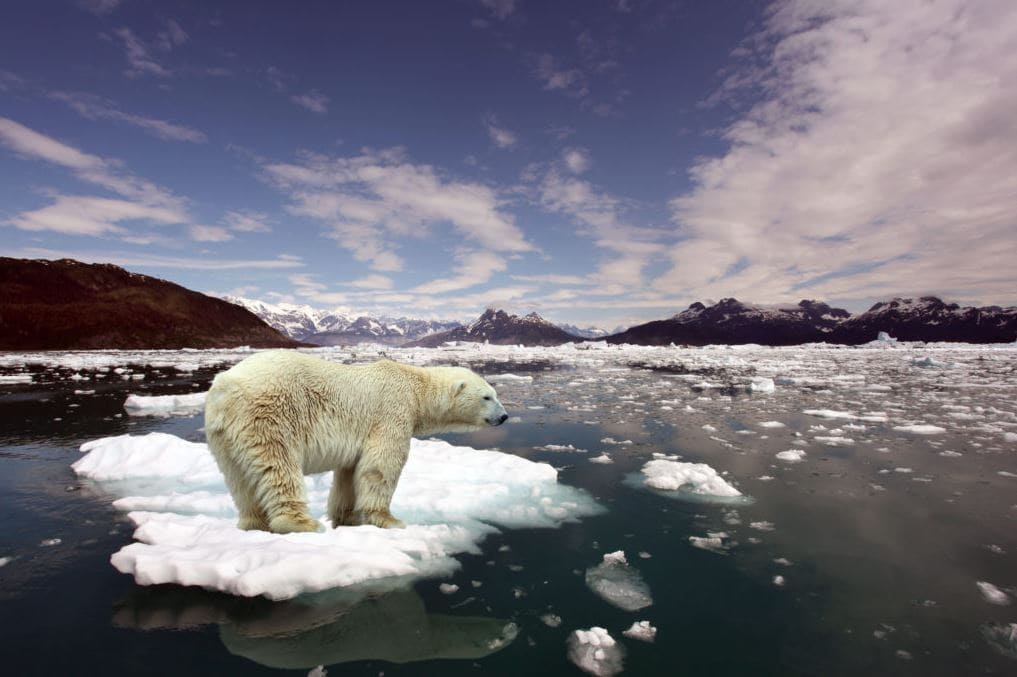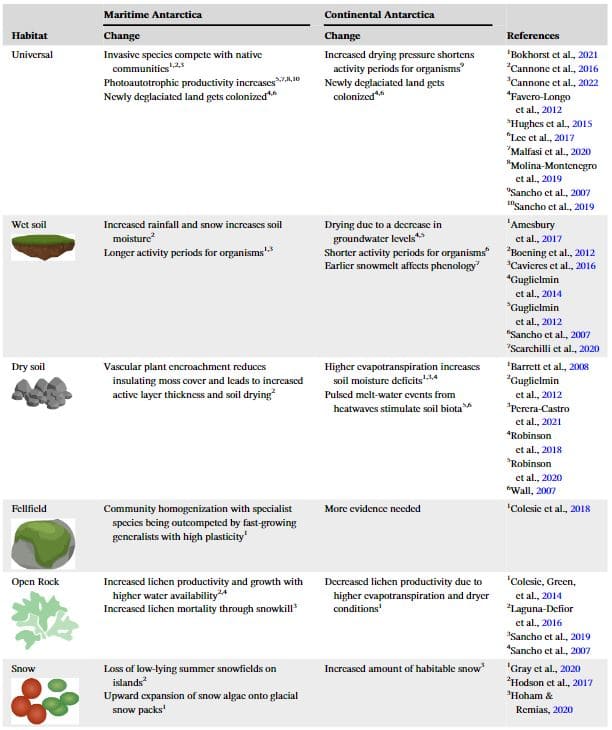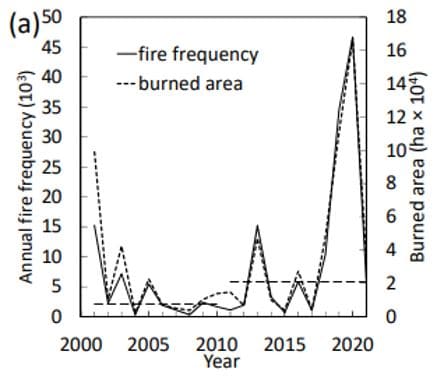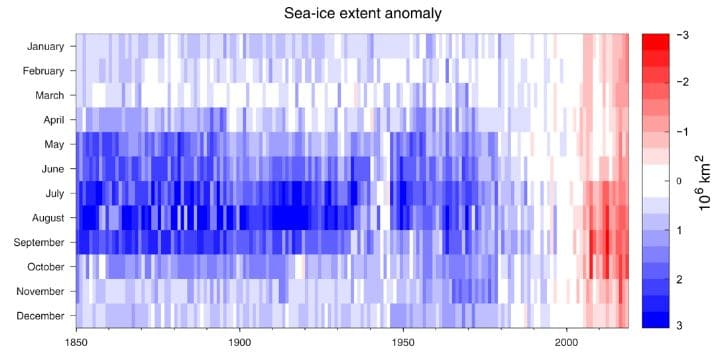Introduction
Global warming has been associated with climate change since it has contributed to the continuous heating of the Earth’s surface. Climate change has resulted in melting glaciers, rising sea levels, heat waves, storms, warming oceans, and drought. These changes affect habitats leading to an imbalance in the ecosystem. In this respect, climate change has affected habitats for plants, wild animals, and ocean life in the polar region.

Plants
High temperatures in the polar region have resulted in plant habitat changes. Figure 1 illustrates that climate change has increased lichen growth and productivity in maritime Antarctica and decreased production in continental Antarctica. The variation in production illustrates that some plants are becoming extinct species due to the rise in temperatures in the polar region, although temperature changes are influencing others to thrive. Climate change has increased temperatures in the winter season, and, during this period, the area should experience cold weather. In this respect, Arctic warming intensification is linked with extreme weather conditions associated with droughts, heat waves, and floods in the polar region. As a result, maritime Antarctica might have conditions that boost productivity due to ice melt, although the environments in continental Antarctica will become harsher and drier (Colesie et al., 2022, p. 15). As the ice melts due to increased temperatures, water becomes milder, promoting the growth of some plants, such as mosses. However, permafrost retreats reduce water accessibility for some plants. Besides, increased evapotranspiration contributes to salt accumulation on the ground, making soils toxic for some plants. Therefore, climate change has created an environment that promotes the growth of some plants and the extinction of others.

Figure 1: Habitat changes in Antarctica. Adapted from “Antarctica’s Vegetation in a Changing Climate,” by C. Colesie et al., 2023, Wiley Interdisciplinary Reviews: Climate Change, 14(1), p. 10. Copyright 2023 by Wiley Periodical LLC.
Wild Animals
Climate change in the polar region is contributing to an increase in wildfires in the area, impacting wild animal habitats. Figure 2 illustrates that number of fires increased by a factor of 3.0 from the first decade to the second decade of the 21st century, and the total burnt area also intensified. In this case, wildfires in the polar region are becoming unpredictable due to climate change since this phenomenon influences animals to relocate as they try to avoid flames and find secure habitat areas. Besides, wildfires destroy trees and vegetation, which provide suitable environments for wildlife survival. The increment of burned area illustrates the reduction in forest cover in the polar region, influencing animals to migrate to other areas. Therefore, climate change impacts habitats for animals in the polar region by destroying their breeding and nesting areas, food sources, and shelters.

Figure 2: Data showing fire frequency and burned area. Adapted from “Wildfires in the Siberian Arctic,” by V. I. Kharuk et al., 2022, Fire, 5(4), p. 5. Copyright 2022 by MDPI, Basel, Switzerland.
Ocean Life
Climate change in the polar region impacts the marine ecosystem, considering temperature changes that affect sea ice and water acidity. Figure 3 illustrates that the Arctic sea ice cover is at its lowest since 1979, and there has been substantively ice melting over the years. In this case, polar bears will lose optimal habitat due to decreased on-ice foraging and increased periods on land (Post et al., 2019, p. 3). Decreasing sea ice implies that such mammals have limited hunting and breeding grounds. Moreover, climate change in the polar region has impacted the Arctic’s freshwater. An increase in seawater acidity impacts animal and plant development and behavior, including food quality and availability. Therefore, climate change in the polar region leads to changes in sea life habitats.

Figure 3: A graph showing a loss of sea ice. Adapted from “The Polar Regions in a 20 C Warmer World,” by E. Post et al., 2019, Science Advances, 5(12), p. 4. Copyright 2019 by American Association for the Advancement of Science.
Conclusion
From an explication essay, it is evident that the polar region has experienced significant changes due to global warming, making plants, wild animals, and ocean life lose their habitats. In particular, the area is experiencing heat waves and drought due to extreme temperatures, which adversely affect the life of some plants. Besides, it has experienced wildfires that have destroyed food sources for different animals and forced them to relocate. In turn, climate change in the polar region has contributed to a decrease in sea ice covers and an increase in water acidity, impacting ocean life habitat.
References
Colesie, C., Walshaw, C. V., Sancho, L. G., Davey, M. P., & Gray, A. (2023). Antarctica’s vegetation in a changing climate. Wiley Interdisciplinary Reviews: Climate Change, 14(1), 1-28. https://doi.org/10.1002/wcc.810
Kharuk, V. I., Ponomarev, E. I., Ivanova, G. A., Dvinskaya, M. L., Coogan, S. C., & Flannigan, M. D. (2022). Wildfires in the Siberian Arctic. Fire, 5(4), 1-22. https://doi.org/10.3390/fire5040106
Post, E., Alley, R. B., Christensen, T. R., Macias-Fauria, M., Forbes, B. C., Gooseff, M. N., … & Wang, M. (2019). The polar regions in a 20C warmer world. Science Advances, 5(12), 1-12. https://doi.org/10.1126%2Fsciadv.aaw9883


